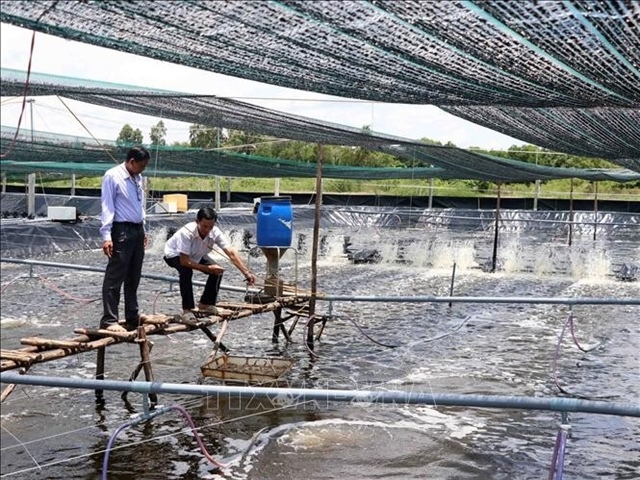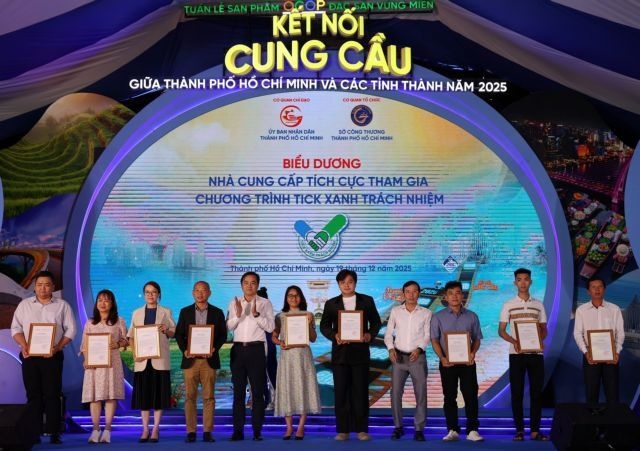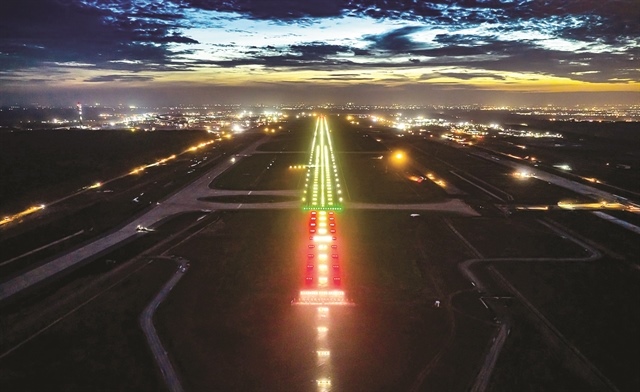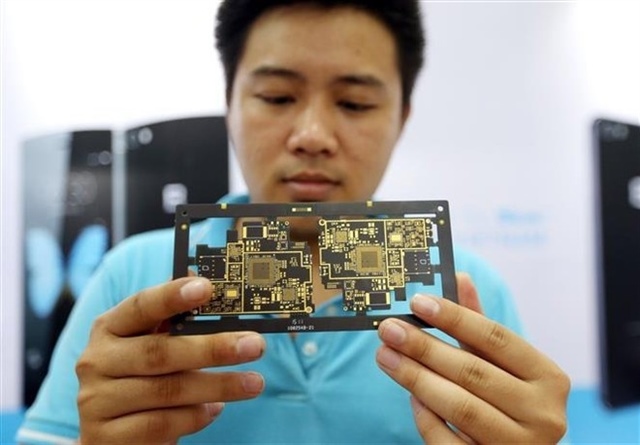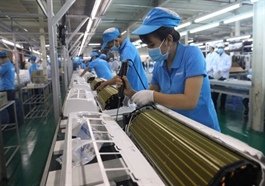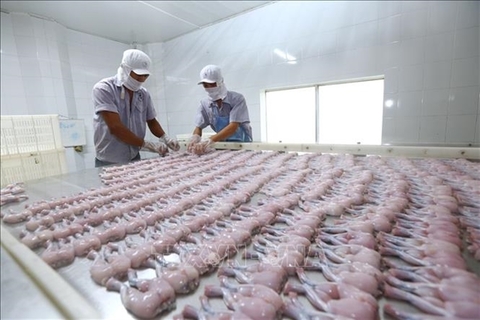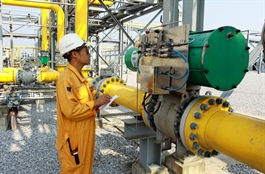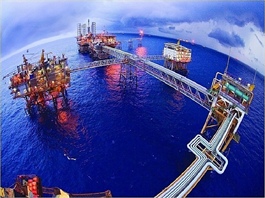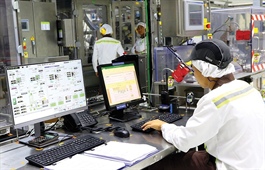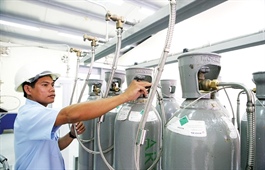Red River Delta to be logistics centre of the country
Red River Delta to be logistics centre of the country
Investment attraction in North Vietnam over the next five years will focus on infrastructure and logistics development in order to enable the Red River Delta region to become a key logistics centre for the country, as well as to draw more international investment into the region.
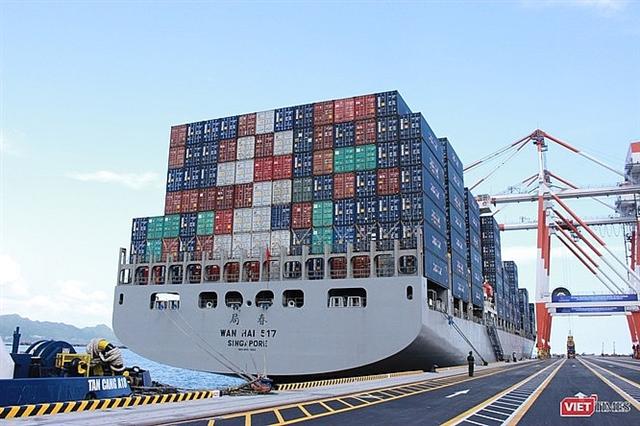
The Red River Delta will be developed into a major logistics hub in Vietnam
|
At last week’s meeting held by the Ministry of Planning and Investment (MPI) and other ministries, agencies, and localities, services such as seaports, sea transport, logistics, and aviation were cited as the key sectors for upcoming investment and development by Tran Duy Dong, director general of the MPI’s Department for Local and Regional Economy.
The affirmation is part of the terms of the socioeconomic development plan and public investment targets of both 2021 and the 2020-2025 period for the Red River Delta region.
The region, with Hanoi as the centrepiece, is the hub of politics, culture, and the economy, with Hanoi-Haiphong-Quang Ninh as a development triangle connecting to other economic areas in both the country and overseas. The Red River Delta is also a location where factories of leading manufacturers such as Samsung, LG, Panasonic, and VinFast are based. As a result, developing seaports, logistics, and more in the region is a strategic priority.
According to the master plan for seaports for 2021-2030 with a vision to 2050 drafted by the Vietnam National Maritime Bureau, around VND100 trillion ($4.35 billion) is required for seaport infrastructure. “The annual volume of goods transported through seaports usually increases by tens of percentage points. Two decades ago only 73 million tonnes were transported by seaports, but the volume rose to 654 million last year,” a representative of the bureau said.
“In the north, Lach Huyen deep-water port in Haiphong, which can receive ships with of 100,000-200,000 tonnes, enabled Vietnam to become a key part of the global supply chain,” he added.
Thus, in addition to such world-leading corporations in transport and port operations that already have a presence in Vietnam like Hutchison, PSA, DP World, SSA, Maersk, and CMA-CGM, it has become necessary to lure more investment into the sector to increase the potential of terminals and sea ports, along with aiding the evolution of add-on services like loading and unloading, warehouses, logistics, and the road system.
Besides this, the road transport system also needs to be developed synchronously to match the increasing demand for logistics and enable the Red River Delta region to become the key logistics centre of Vietnam. According to Decision No.356/QD-TTg from 2013 on the Vietnamese road transport development scheme to 2020 and orientation towards 2030, around 35 projects related to building, upgrading, or expanding national highways have come to fruition, connecting big centres together and linking mountainous provinces with administrative centres, sea ports, and airports.
Asserting the result of implementing the socioeconomic development plan for 2016-2020, Tran Duy Dong from the MPI said that the transport system in the region is the best in the country and is constantly improved, providing motivation for growth and added links between the Red River Delta, the key northern economic region, the capital, the northern midlands, and beyond.
“We should mobilise all resources to realise the plans, while synchronously developing and step-by-step modernising infrastructure system for fast and modern development to make sure that the Red River Delta will become a big centre for logistics, trade, and investment in the country,” said Dong.
Additionally, health, education and training, and scientific research will also be a focus for the development of the region in the time coming. Tourism will also be developed sustainably to become a key, environmentally friendly economic sector while effectively promoting the traditional cultural values associated with Red River civilisation. The industry will be focused on fields with high productivity and added value, applying science and technology for increased export potential and ability to join global value chains.
In the first seven months of the year, socioeconomic development has been hit by the pandemic, but development indicators of the region are still positive. Regional GDP growth fell to 3.74 per cent, but was still higher than the average of the country (1.81 per cent). The index of industrial production of some provinces in the region increased, such as Haiphong (12.8 per cent), Quang Ninh (7.8 per cent), and Hung Yen (6.9 per cent).
Total state revenue of the region was VND284.2 trillion ($12.36 billion), equivalent to 36.5 per cent of the country’s total revenue, reaching 52.3 per cent of the yearly estimate. Export turnover was $49.3 billion, accounting for 33.4 per cent of the country, rising by 4.9 per cent on-year.
Total registered FDI, meanwhile, was $5.824 billion, equalling 31 per cent of the country, of which Hanoi ranks second nationwide in registered capital ($2.82 billion) and in project numbers (336).


